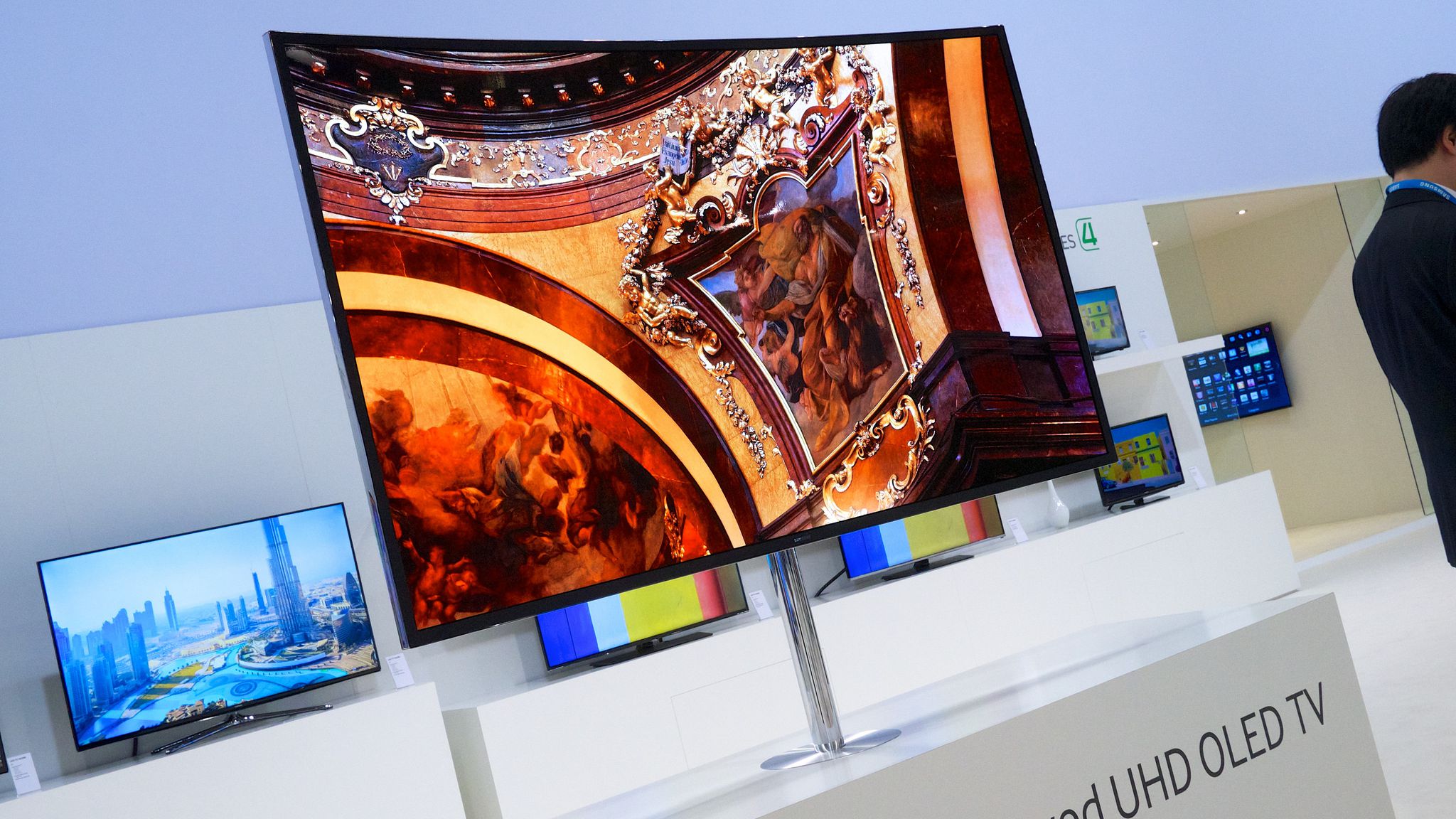Professional Buyer Agents In Melbourne
It is never easy selling your property and find buyers who are willing to negotiate with you. You’ll need connections to make it easier to buy and search properties. If you are having a hard time selling your property, the buyers advocate’s in Melbourne can do it for you. They are the ones that you’re looking for when it comes to buying property. They are willing to help you with enthusiasm and smile. They can help you succeed in buying property. They can assure you that you are in good hands and you won’t regret your decisions. They can give you satisfaction, and serve you with all their heart, and help you with their very best.
What does a buyer agent do?
Are you familiar with them? If not, they have licensed and professionals that specialized in searching. They also appraise and negotiate the purchase of the property on behalf of the buyer. They can deal with important decisions. They talk in empathy and understanding because communications are necessary for dealing with people, especially about negotiations. They can help you with enthusiasm and smile, either it is advice, place, or direction, they are supportive. They have the potential to save money. They can negotiate a property purchase at the right price that is also worth it. On behalf of the buyer, the buyer agents will do it for you without any hassles. You will be able to purchase property anywhere in Melbourne. They are professionals in doing their work and responsibilities cause they are not just buyer agents. The job they do is on behalf of the buyer, and they are dealing with other people. Formality and professionalism are necessary for their work. They need to be creative in communicating to have a good outcome in terms of prices and conditions.

Services
They offer a lot of services that you’ll love. They can give you an auction biding if you want, they can do it for you. They also offer vendor advocacy. Vendor advocacy will do the work of the interest of the property seller and will organize independent valuations of the property. They negotiate real estate. They can discuss the price and conditions that you want to talk to both buyers and sellers. Selling advisory is also one of the services they offer. They will suggest what you can do to improve your property. They give advisory of the best method and marketing campaign that will provide the best reach and result. The last service they offer is property management. They will be the ones responsible for the maintenance, operation, and oversight of real estate properties. Taking good care of the property on behalf of the buyer is their job. The services they offer will surely give good negotiations.


















